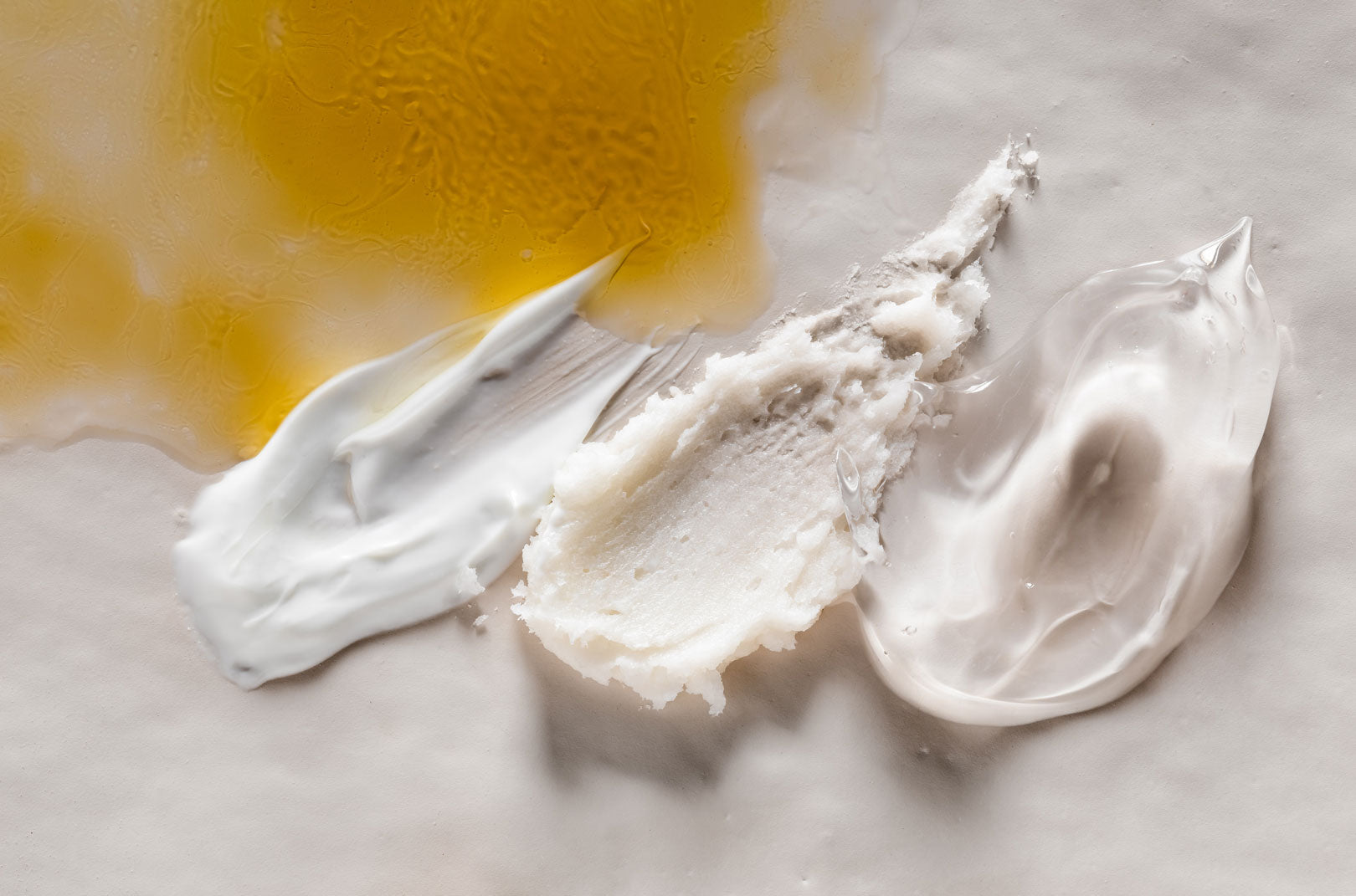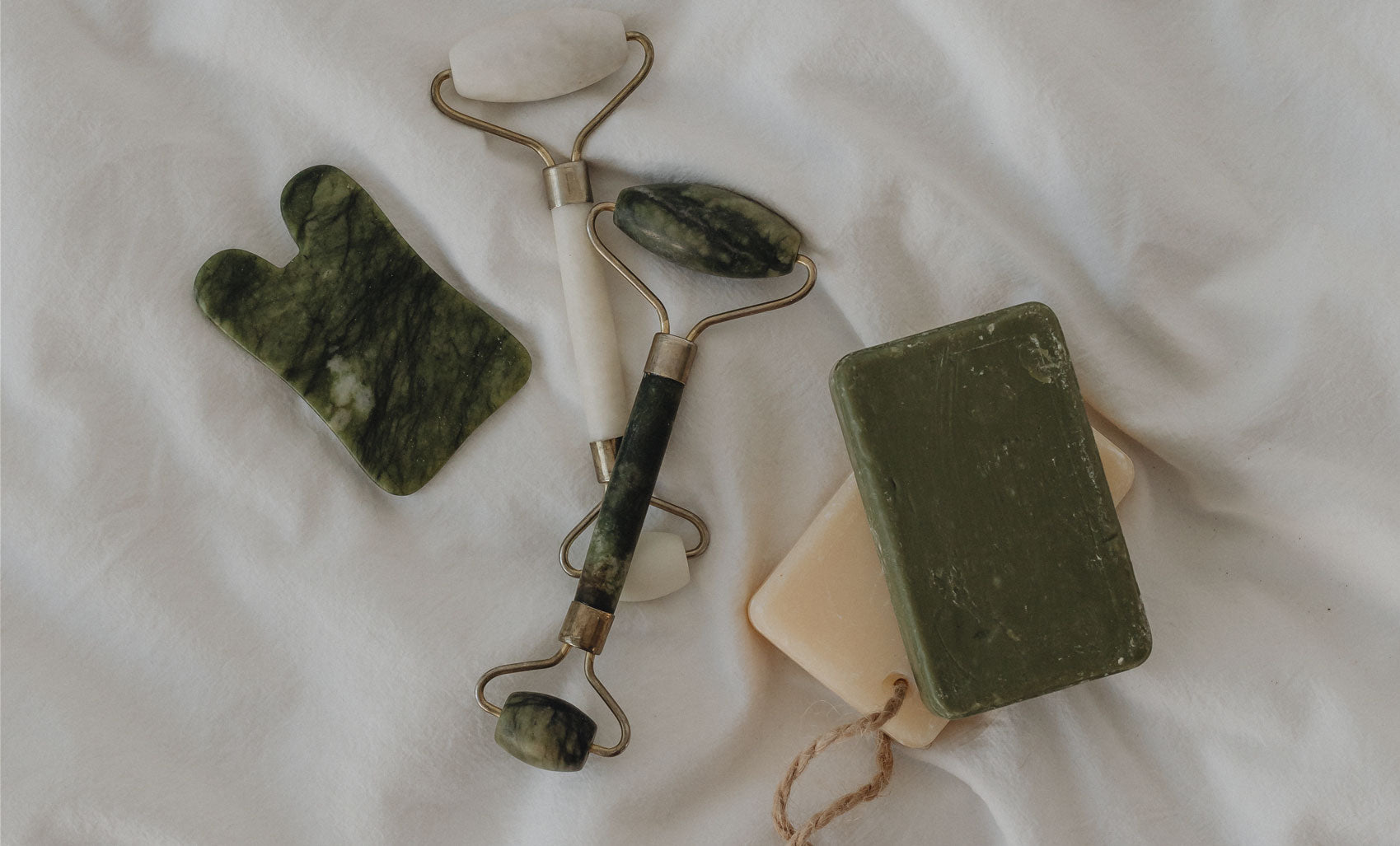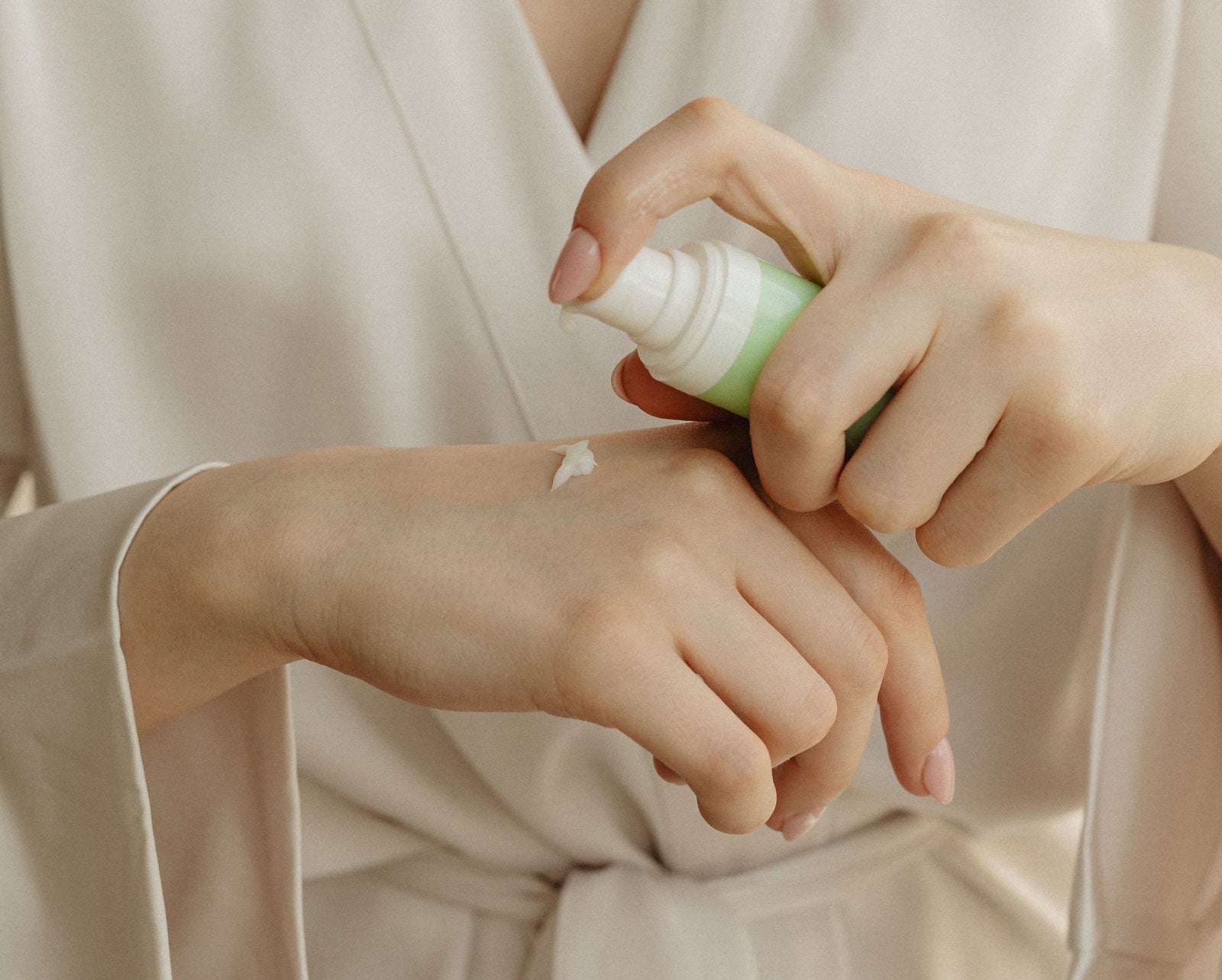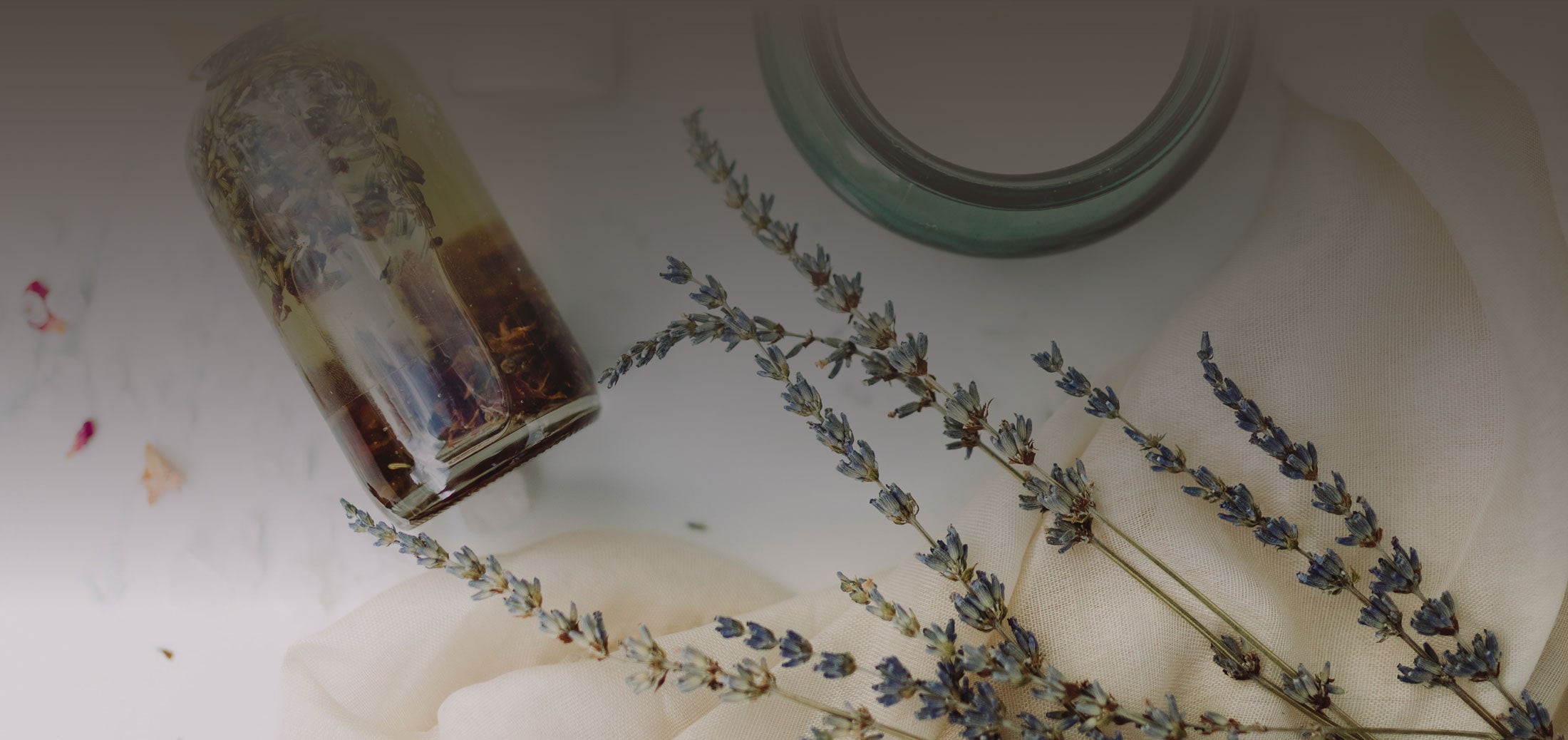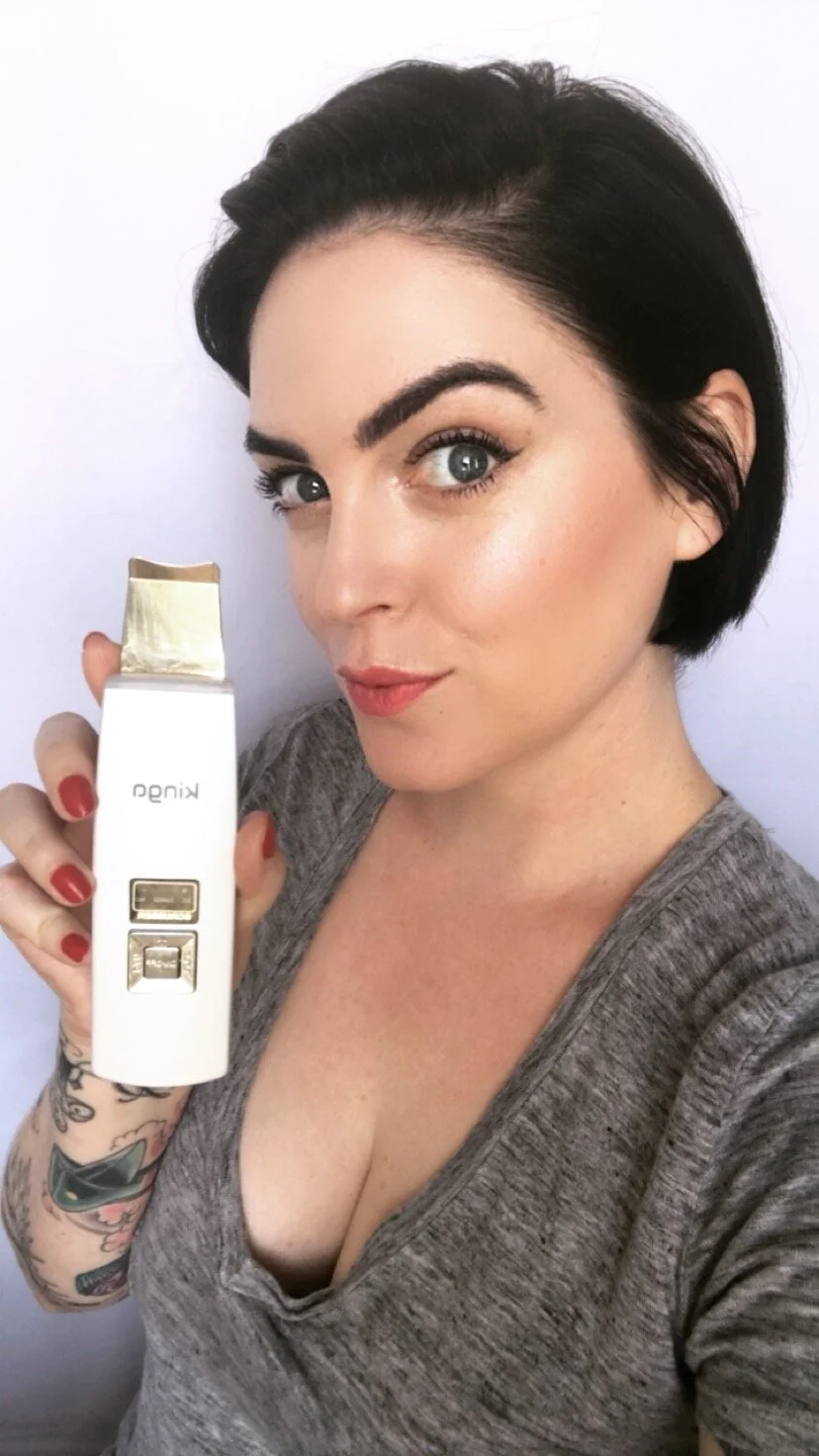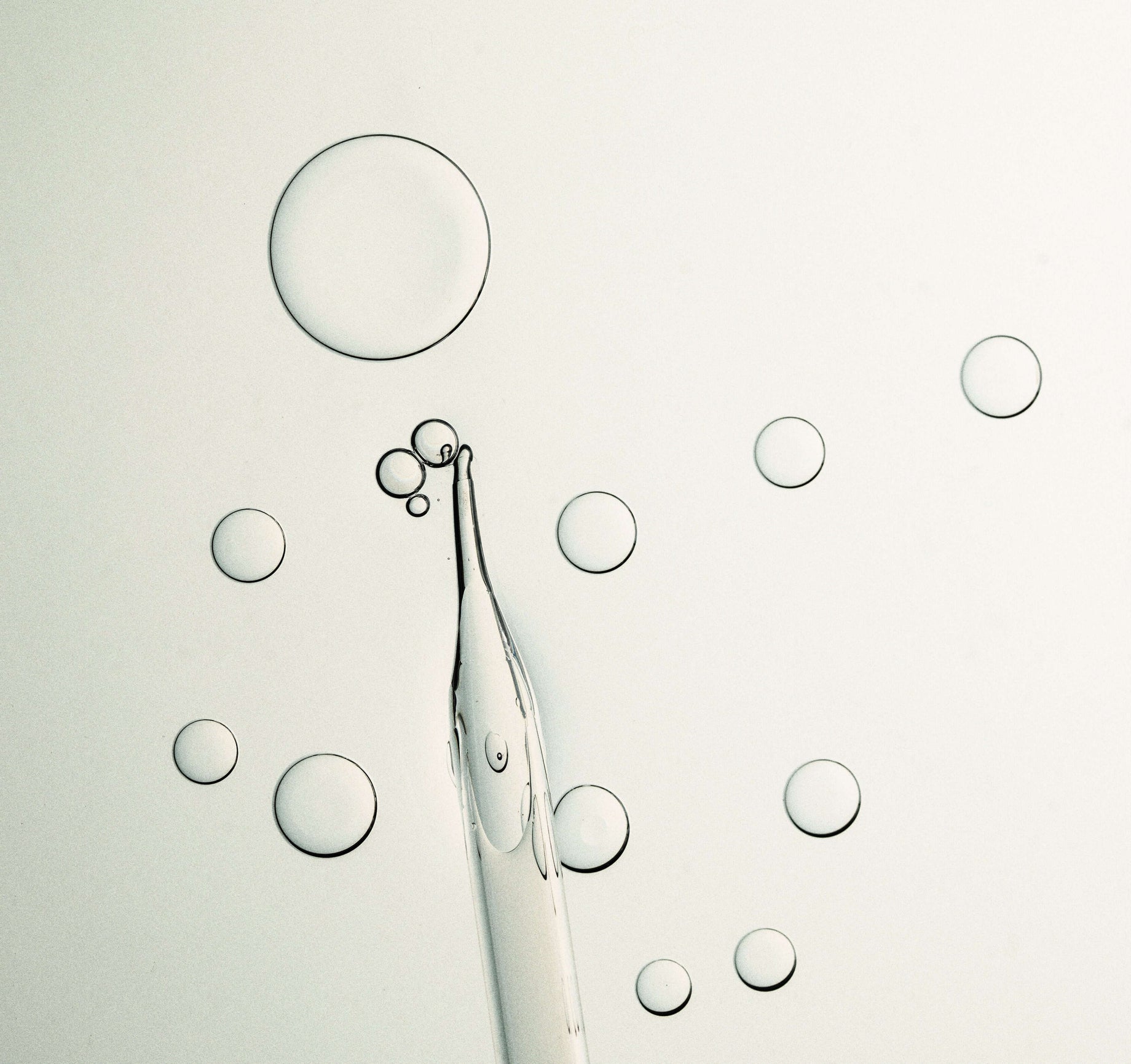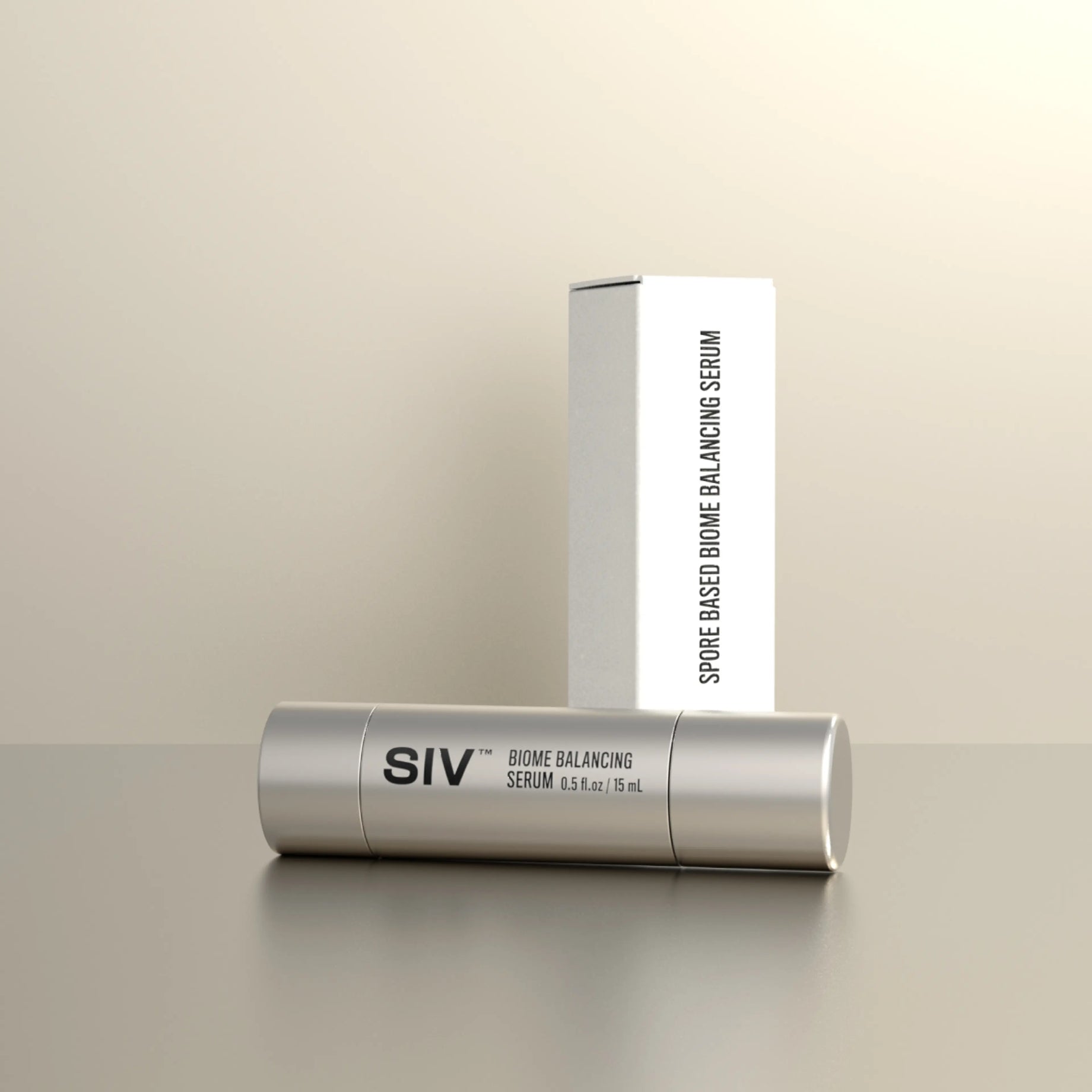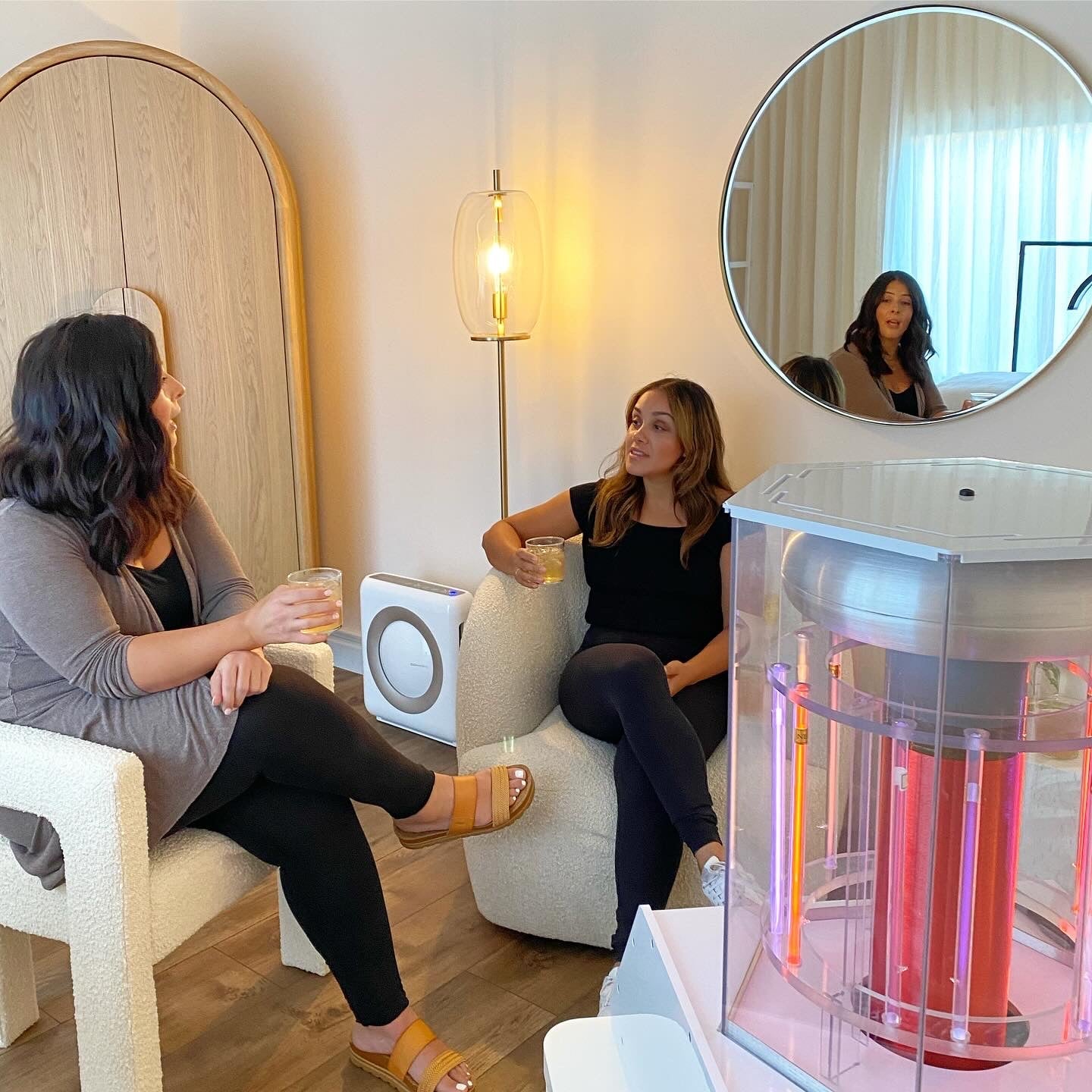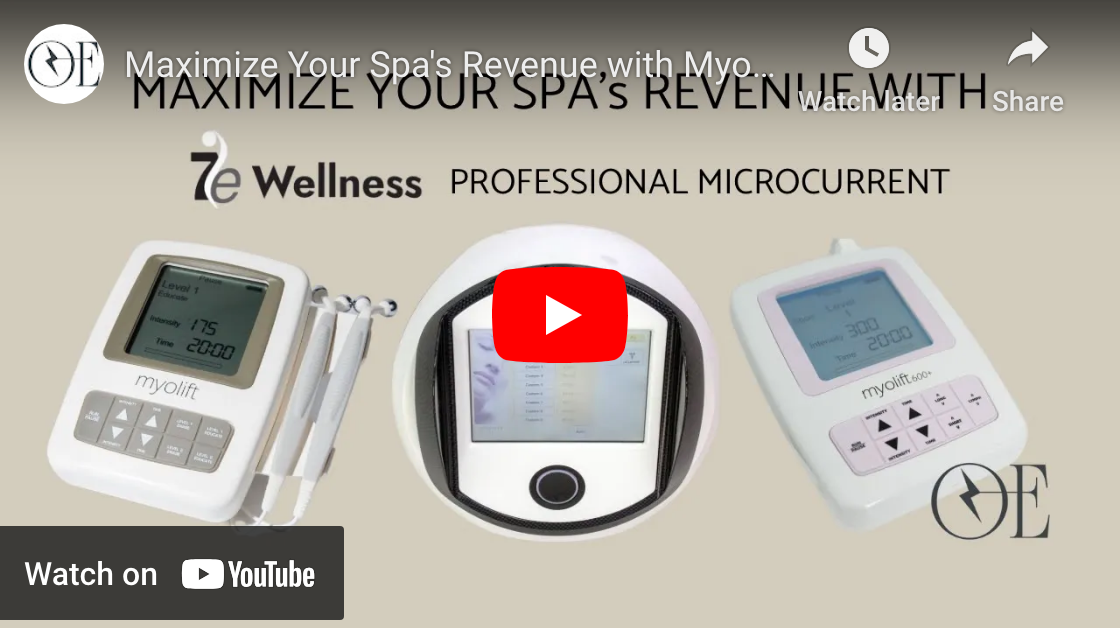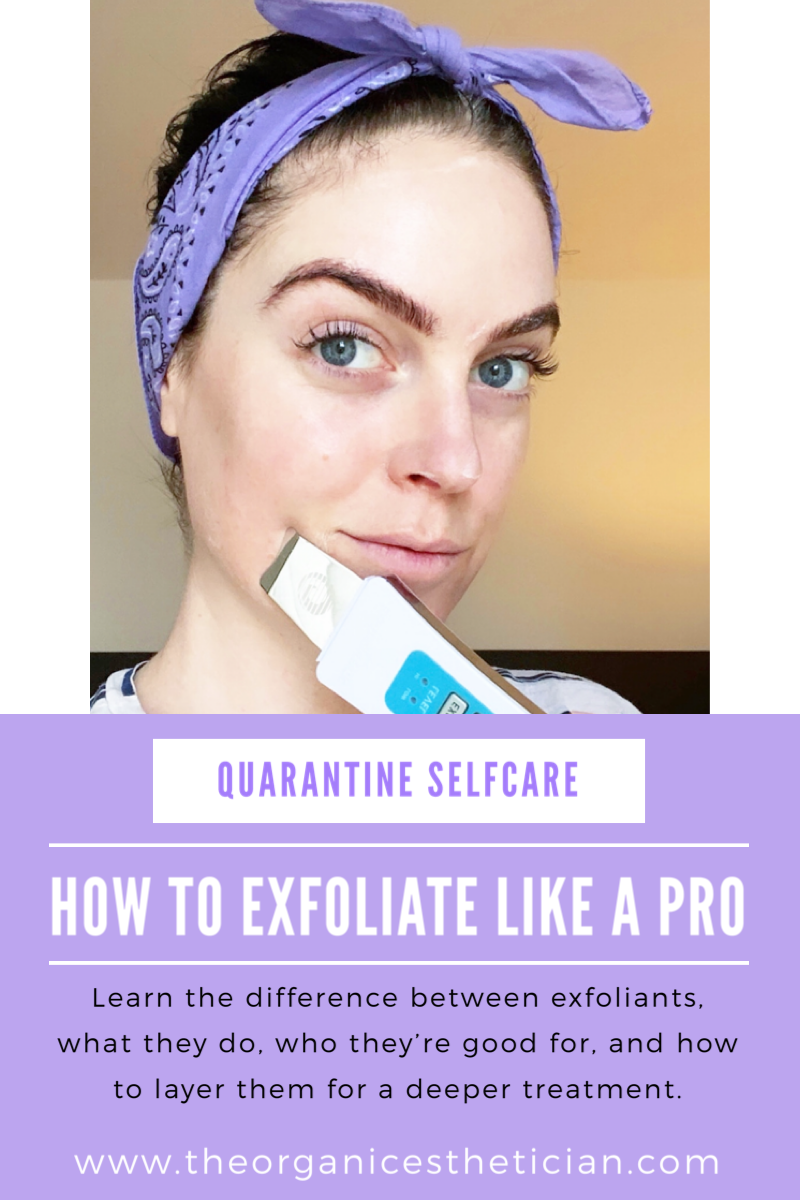
Hi everyone!
I hope you’re all hanging in there, keeping busy and staying safe. Hopefully, this post helps bide the time.
This post is the second of five individual posts that will explain, in-depth, the steps of my OE Signature Facial. Feel free to try each one as it’s delivered to your inbox or simply introduce the steps that speak most to you and your individual skin care needs.
Today I’ll be showing you how to exfoliate like a pro, by layering exfoliating products for a deeper treatment once a month. I will also be explaining the difference between each type of exfoliation and which exfoliants are best for each skin type.
You’ll see the exact products I use in the treatment room, which I retail at my studio, listed as Pro. I’ll also be sharing options you can buy on Amazon or might already have at home if you're not one of my clients, listed as Home.
Make sure you’ve learned How To Give Yourself A Spa Worthy Cleanse At Home first!
Exfoliation overview
In the treatment room, I use up to four different types of exfoliants - physical, enzymatic, Beta Hydroxy Acids, and Alpha Hydroxy Acids. However, today we’ll stick to two, a scrub (physical) and an enzyme (chemical/enzymatic).
Finding a healthy balance between not exfoliating enough and exfoliating too much can be challenging. Not exfoliating enough will prevent products from absorbing properly, rendering them less effective, contributing to dry skin and congested pores. Exfoliating too much can wear down the skin’s barrier function, causing sensitivity, dehydration, and inflammation.
I like to tackle this problem by taking multiple approaches. At home, I alternate the types of exfoliants I use, since each one affects the skin differently. In the treatment room, I layer exfoliants to get better results.
Here’s a quick breakdown of four types of exfoliants, what they do and how deep they dive into the skin:
-
Physical Scrubs - This type of exfoliation sloughs off the outermost layer of dead skin.
-
Enzymes - This form of chemical exfoliation only affects the outer layer of the skin but is more effective than a scrub. Enzymes from pineapple, pumpkin or papaya, dissolve not just dead skin cells but also the glue which holds them together, allowing a more thorough exfoliation of the skin’s outermost layer.
-
Beta Hydroxy Acids - This type of chemical exfoliation goes a little deeper than enzymes, dropping just below the surface of the skin, into the pores where it dissolves built-up congestion. This is why Salicylic Acid, the most common BHA, is so great at treating breakouts.
-
Alpha Hydroxy Acid - This last form of chemical exfoliation dives the deepest, penetrating the lower levels of the skin. Because it dives so deep, in addition to brightening and exfoliating, it can trigger activity in the cells like collagen and hyaluronic acid production. Acids like glycolic, malic, and (my favorite) lactic are all forms of AHAs.
Physical Exfoliation
I’m sure most of you have heard the term Physical Exfoliation before. If not, this simply means to use a product, often a scrub, to exfoliate the surface of the skin physically. Physical exfoliation removes a portion of the dead skin sitting on the surface. Physical exfoliants or scrubs are a great way to address flakey dry skin. But there are a few things I want you to keep in mind the next time you go to scrub your face.
First, size (and shape) matters! The smaller the granules, spheres, or powder, the more effective your scrub will be. Always opt for exfoliants that use spherical exfoliating particles. Things like shells, nuts, sugar, or coffee grounds have jagged, sharp edges. These edges easily catch on your pores, causing trauma that leads to inflammation. A coffee or sugar scrub will make for an amazing body treatment, just skip using it on your face.
Second, scrubs are not for everyone! If you have sensitive, red, or irritated skin, opt for a chemical exfoliant (which we’ll talk about next) to avoid exasperating sensitivity by scrubbing your skin.
 |

|

|
Pro: Luzern L’Essentials Micro-Exfoliant
Home: Juice beauty Exfoliating Cleanser, Sircuit Skin Sir Active
Pro Tip: If you own St. Ives Apricot Scrub, throw it out now! 😉 Those walnut shells are sharp and cause a lot of irritation.
Chemical Exfoliation
This is a rare time when chemical doesn’t mean dirty. Chemical exfoliants are ingredients, enzymes, and acids, that dissolve dead skin as opposed to scrubbing it off as physical exfoliants do. As I mentioned above, enzymes, BHAs, and AHAs are all forms of chemical exfoliation. They work by loosening the bonds that hold skin cells together, called the intracellular matrix. To keep it simple, we’ll focus on enzymes. But for those of you who want extra credit, I’ll cover Alpha Hydroxy Acids later on in the post.
Pro Tip 1: Beef up your barrier, by hydrating first! Earlier in this post, I mentioned that over-exfoliating could wear down the skin’s barrier function, causing sensitivity, dehydration, and inflammation. An easy and effective way to prevent this from happening is to beef up your skin’s barrier function before you exfoliate by pressing in hydration. Remember the last post when I explained all the amazing benefits of using a toner? Here’s another way you can put that toner to use.
Before applying your chemical exfoliant, press in a layer of hydrating toner. Feel free to press in multiple layers, so your skin feels plump and dewy. If your skin is feeling extra parched, you can even add a few drops of a hydrating serum. Then apply your exfoliant. Extra hydration ensures your exfoliant will work properly, penetrate where it needs to go, and cause less irritation.
Pro Tip 2: Don’t be afraid of turning pink! As you start to play around with different types of chemical exfoliants, you’ll find some might turn you pink. When I say pink, this could also mean bright lobster red. 🥵 I find turning red can scare people, and I want to nip this in the bud.
When you turn red, it’s due to a rush of blood to the surface of your skin. This blood packed with oxygen and nutrients is crucial for healthy skin. While your skin is your body’s largest organ, it is also the last organ to receive this nourishment, making it incredibly important to use products that stimulate the skin. So don’t be afraid. The redness will calm to a rosy glow in about 30 minutes, and your skin will love you for it.
Enzymes
Enzymes stay on the surface of the skin, acting like little Pac Men, eating up dead skin. Technically they just dissolve dead skin, but I like the image of little enzyme mouths gobbling up skin cells.
I often use Pumpkin Enzymes, which are incredibly efficient at dissolving the surface layer of dead skin. Most skin types respond well to enzymes and have little irritation. While pumpkin might be my go-to, enzymes come from many different types of fruit, such as papaya or pineapple.
 |

|

|
Pro: Luzern Labs Nuit Hydra Enzyme Masque
Home: Sircuit Skin Youth Accelerator, Andalou Naturals Bioactive 8 Berry Fruit Enzyme Mask
Pro Tip: Steam! Apply your exfoliating mask, then hop in the shower. The steam from your shower will soften dead skin and help the mask penetrate, emulating the steamer used during a typical facial.
Remove your Enzyme Like A Pro
Now that your Enzyme has been on your skin for a few minutes (up to 10 mins but not longer), it’s time to remove it. I'm about to show you my favorite way to remove exfoliating masks during my facials. If you used my pro tip of hopping in the shower, your skin should be slightly damp. If you skipped the shower and are standing at your sink, get your fingers wet, and rehydrate the mask on your face without washing it off. You want the enzyme to be moist on your skin, not dry and tight. Now for the fun part. Use an ultrasonic spatula to remove your mask!
Ultrasonic Spatulas, also known as Skin Scrubbers, use gentle vibrations to wiggle dead skin and debris free from the skin’s surface. This is such a fun, inexpensive device to add to your skincare routine. You can even use it to do extractions!
If you’re an esthetician, make sure you check out Bio-Therapeutic’s bt-micro.
To use, simply turn on your skin scrubber and set it to Peeling Mode. Gently glide it over your skin to remove the enzyme and unwanted dead skin. Wipe the tip of your spatula after each pass. When done, rinse your skin with water or use a warm washcloth to remove any lingering mask thoroughly. Disinfect your spatula with alcohol between uses.
Extractions At Home
Performing extractions is an optional step. If you do choose to attempt extractions at home, I urge you to be GENTLE! I only recommend performing at-home extractions with this little spatula, NOT with an extraction tool and NOT with your fingers. Other methods of at-home extraction can lead to serious issues like scarring, spreading bacteria, inflammation, and ultimately hurting yourself. Let the gentle oscillations of the ultrasonic spatula slowly wiggle loose blackheads and comedones.
Pro Tip: GO SLOW! The slower you glide the spatula, the better the results. Check out this blog post I did for step by step instructions on how to use your Ultrasonic Spatula.
Dive Deeper into AHA’s
As mentioned above, AHAs are deep diving exfoliants that can address all sorts of skin concerns other than just removing dead skin. In the treatment room, I first use enzymes with stream, then once removed, and often after extractions, I’ll apply an AHA. Layering exfoliants allows for deeper exfoliation, addresses a host of other skin concerns, and helps neutralize anything left in the pore post-extraction. Here’s an overview of a few AHAs:
My favorite type of Alpha Hydroxy Acid is Lactic Acid. Originally derived from sour milk, lactic acid is a gentle yet effective exfoliant and an amazing multitasker! The magic word you all know, I love a good multitasker. Because it dives deep, in addition to exfoliating, it brightens pigmentation, neutralizes breakouts, minimizes fine lines, and adds tons of hydration to the skin. I find it gentler than other AHAs. My clients comment more on the sensation from pumpkin enzymes than they do on higher strength Lactic peels.
Aside from my favorite Luzern Au Vin peel pads that I use in my OE Signature Facial (which are 10% Lactic, 1% Salicylic and include a Resveratrol rich grape extract), Sircuit Skin makes some great lactic masks as well. Their Mocha Loca has 4% Lactic Acid and additional ingredients that soothe and protect dry skin, while their 5% Lactic Double Trouble packed with antioxidants that refine oilier skin types. For congested breakout-prone skin, check out EmerginC’s Organic Peel Clarifying Kit. Step one exfoliates with fruit and Lactic acid. Step two treats breakouts with the Beta Hydroxy Acid, Willow Bark (the natural form of salicylic).
Another great AHA is Malic Acid. Derived from apples, Malic Acid is a fantastic skin brightener. It promotes cell turnover, exfoliates dead cells, and unclogs pores.
Juice Beauty uses a blend of Malic and fruit acids in their Green Apple Peel. This peel comes in Sensitive and Full Strength, making it a great brightening option for all skin types.
Lastly, there’s Glycolic Acid. Derived from sugar, this AHA acts very similar to Lactic Acid as it dives deep and addresses a multitude of concerns. It might even be more effective. Because its molecular size is smaller than lactic, making it more bioavailable, it’s able to dive deeper than most other AHAs. Just keep in mind that more active can also mean more stimulation (i.e., SPICY) and is why I opt for Lactic but to each their own.
Andalou Naturals Pumpkin Honey Glycolic Mask offers a gentle Glycolic paired with enzymes for two types of exfoliation in one.
 |

|

|
Recap & Put it together!
-
Give yourself a spa-worthy cleanse.
-
Use a scrub. If you have skin that’s sensitive to friction, skip this step.
-
Apply a hydrating toner to beef up your barrier.
-
Apply an Enzyme Mask. Feel free to hop in the shower and use the steam to soften skin and unwanted build-up.
-
Remove your exfoliating mask with an ultrasonic spatula for a little extra exfoliation.
-
Optional: Perform extractions with your ultrasonic spatula. This step would be more effective if you did Step 4 in the shower.
-
Extra Credit: Repeat Step 3. Then apply an AHA treatment of your choosing. To prevent irritation, don’t use steam for this step. Remove with a lukewarm washcloth.
-
Apply the rest of your skincare, opting for hydrating and moisturizing products.
Despite being inside people now, you want to avoid the sun after this much exfoliation. I like doing this whole routine once a month in the evening. Feel free to do bits and pieces of this as your skin needs it. Don’t try to add this whole multi-step exfoliation into your daily routine. You’d be overdoing it.
Stay tuned for my next post on Treatment Masks! Sending you all the wellness vibes. Be well and be safe ❤️
Disclosure: This post contains some affiliate links, meaning, at no additional cost to you, I will earn a commission if you click through and make a purchase.
While I am a licensed esthetician, I am not a doctor. This site does not provide medical advice and is for information purposes only. Always consult with your physician if you have an existing medical condition or feel unsure about adding in a new product or modality.


